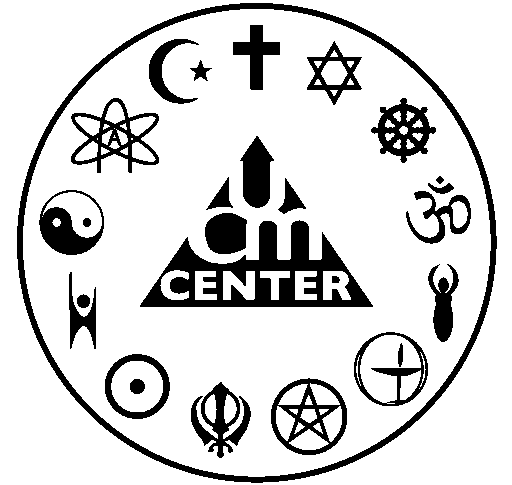THE LOCAL GIRLS CALLIOPE FEMINIST CHOIR PLEASE SUPPORT OUR MOST IMPORTANT ANNUAL FUNDRAISER!SATURDAY, NOVEMBER 8, 6PMATHENS COMMUNITY CENTER, 701 E. STATE STREET LIVE AUCTION BY SHAMROCK AUCTION SERVICE!SPECIAL MUSIC BY… Continue reading UCM ANNUAL BENEFIT AUCTION – SATURDAY, NOVEMBER 8
Author: ucmadmin
9-11 Interfaith Peace Walk 2014
Interfaith Peace Walk
My name is Mackenzie Kistler and I am the author of this blog. I am a Freshman at Ohio University looking to major in Strategic Communication. This is my first… Continue reading Interfaith Peace Walk
Who’s Who of Thursday Supper! Gerry Edition
This week we interviewed Gary, Frances’ husband. 1. What’s your name? “Gerry Lee” 2. Where are you from? “Athens, Ohio.” 3. What is your favorite food? “Meatloaf.” 4. Where is… Continue reading Who’s Who of Thursday Supper! Gerry Edition
Who’s Who of Thursday Supper! Frances Edition
As new interns at United Campus Ministry this summer, we decided that it is time to get to know more about the people who attend, volunteer and are involved with… Continue reading Who’s Who of Thursday Supper! Frances Edition

